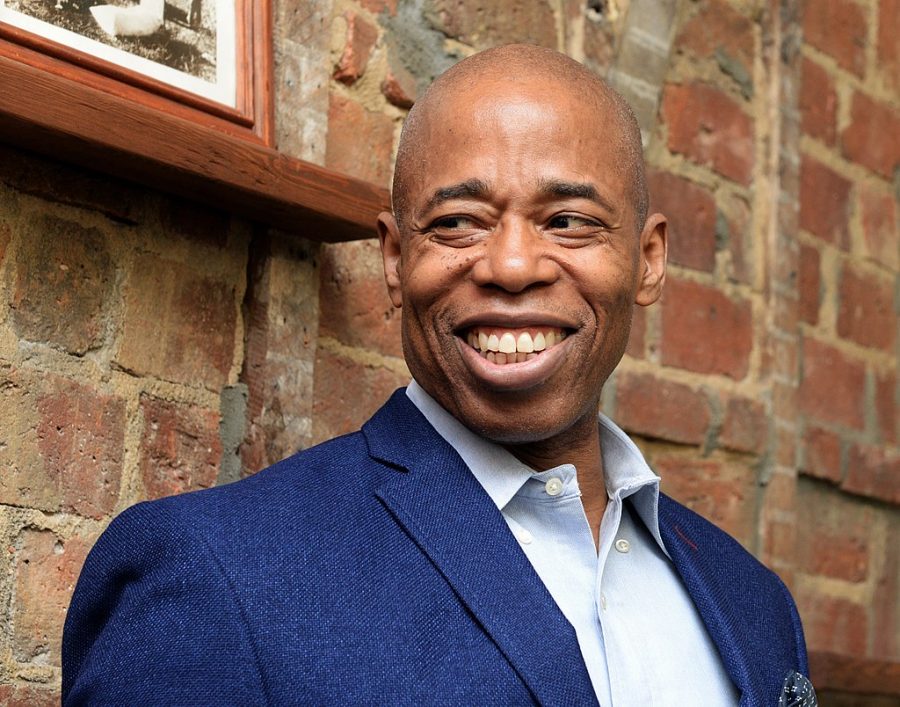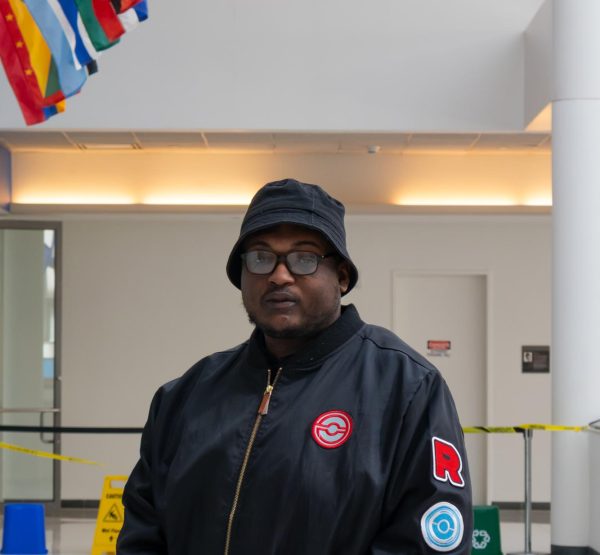Eric Adams’ homelessness plan hopeful but lacks important aspects
October 15, 2021
A heartbreaking scene many people residing in major cities come across is a homeless person lying on the sidewalk or sleeping on a park bench in a usually populated area. New York City is no exception to this scenario, but hope may have arrived in the form of New York City mayoral candidate and Borough President Eric Adams.
Adams is proposing an idea to turn New York City’s vacant hotels into permanent and affordable housing for the city’s homeless population. He unveiled his plan for converting 25,000 vacant hotel rooms into permanent housing during a press conference on Sept. 20.
He must be given credit for his housing plan since no other elected official has a plan on how to help the rising homeless population.
The homeless crisis in New York City began long before the COVID-19 pandemic, which merely accelerated the problem.
In a city home to more than 8.3 million people, one in every 106 New Yorkers is experiencing homelessness, The Bowery Mission found.
While Adams has a plan for putting roofs over heads, the homeless crisis is much bigger than that. Infrastructure reform is urgently needed..
When the word “infrastructure” is used people tend to think of just buildings and real estate,, but that is not all. Adams’ plan, while commendable, needs to include necessities for the homeless.
There are many factors that cause homelessness, such as mental illness, substance abuse and untreated medical issues.
During a public health crisis, Adams’ housing plan should include cleaning supplies, considering that homeless people are also battling economic hardships and inflation is on the horizon in a post-pandemic economy.
If Adams genuinely wants to provide aid to homeless New Yorkers, his housing plan must also include a way to battle food insecurity in a time when grocery shoppingis getting more expensive.
New Yorkers who plan on voting in the general election next month and feel hesitant about Adams’ proposal for combating homelessness, are not wrong or alone. Housing experts say the plan may face setbacks.
Larry Wood, director of organizing for Goddard Riverside Community Center, a social services nonprofit, told the Gothamist that this is a plan that one cannot just “railroad it through.”
Although he has received criticism for his plan, Adams has also received support and endorsements because of it. Multiple advocates for homeless people and supportive housing endorsed Adams’ plan, including Laura Mascuch, the executive director of the Supportive Housing Network of New York.
“We look forward to working with Adams to implement the strongest supportive housing program in the nation,” Mascuch told The The New York Times.
Adams’ plan even received credit from hesitant supporters, including Shams da Barron, a formerly homeless man who has voiced his negative opinion about Adams in the past and even supported his progressive opponents in the primary.
“We are in crisis,” Da Baron said, according to the The New York Times. “Do what is necessary to get people housed.”
While it is only an announcement and more details have yet to be announced, Adams’ plan to combat homelessness is admirable. New Yorkers can only hope that his plan is much bigger than they have yet to comprehend.
Homeless New Yorkers need not just a roof over their heads, but a leg up in life as well.









